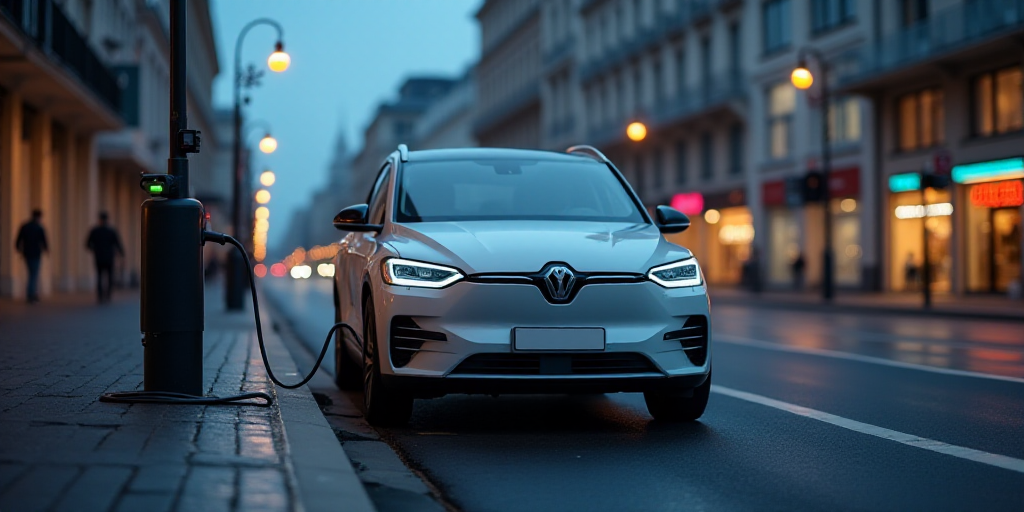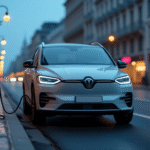Introduction to Electric and Hybrid Vehicles in Mexico
In Mexico, electric and hybrid vehicles have been gaining popularity in the automotive market. In 2024 alone, over 69,000 units of these vehicles were sold. The rise in electromobility presents new challenges for insurance companies, which must design policies capable of covering the unique aspects of these automobiles.
According to Juan Carlos Alonso, partner and director of Autos in Grupo Interesse, 50% of people planning to purchase a vehicle first consider a hybrid or electric alternative. With this trend, the electromobility fleet is expected to grow in the coming years, driven by brands that have recently entered the Mexican market. However, insurance companies face difficulties in offering comprehensive coverage.
Major Accidents in Electric and Hybrid Cars
Beyond common collisions or accidents, electric and hybrid vehicles have specific risks. “The heart of the vehicle is the battery, making it the primary risk,” explained Fernando Mejía, subdirector of Afinidad and Direct Channel at Seguros Sura. “Battery damage, whether from collisions or contact with water, are the most frequent incidents in these types of automobiles.”
Another recurring issue, according to Alonso, is the “laminar collision,” which occurs when accelerating from a standstill due to the higher torque in hybrid and electric cars compared to gasoline-powered vehicles. Additionally, there is a risk of “fires caused by improperly installed home chargers,” as warned Diana Ávalos, executive director of the Mexican Association for Electric Vehicle Promotion, based on reports from fire departments.
Home or domestic chargers are devices that connect to a power outlet, allowing the car battery to be charged.
Challenges for Mexican Insurance Companies
The electromobility boom began around five years ago, but there are still shortages in infrastructure and trained personnel to attend to these vehicles. “The lack of spare parts also represents an obstacle in ensuring rapid and comprehensive policy coverage,” Mejía noted.
Both Mejía and Alonso agreed that policies are constantly evolving. In the future, they expect to include coverage such as civil liability for incidents at public charging centers, as well as protection against theft and battery degradation.
Another challenge is repair costs: “The average repair ticket for a connected vehicle ranges between 38,000 and 40,000 pesos, compared to 18,000 for a gasoline car,” detailed Alonso. Currently, premiums for hybrid and electric vehicle insurance range from 16,000 to 18,000 pesos. Only 10 of the 25 leading automotive insurance providers offer specific products for this segment.
Key Questions and Answers
- What are the main challenges for insurance companies regarding electric and hybrid vehicles? Insurance companies face difficulties in offering comprehensive coverage due to the specific risks associated with electric and hybrid vehicles, such as battery damage from collisions or water contact. Additionally, there is a lack of infrastructure and trained personnel to attend to these vehicles.
- What are the most common accidents in electric and hybrid cars? The most frequent incidents include battery damage from collisions or water contact, as well as “laminar collisions” when accelerating from a standstill due to higher torque in hybrid and electric cars.
- How do repair costs for electric vehicles compare to gasoline cars? The average repair ticket for a connected vehicle is between 38,000 and 40,000 pesos, while a gasoline car averages around 18,000 pesos.
- What future developments can we expect in electric vehicle insurance policies? Insurance policies are expected to evolve, including civil liability for incidents at public charging centers and protection against theft and battery degradation.






